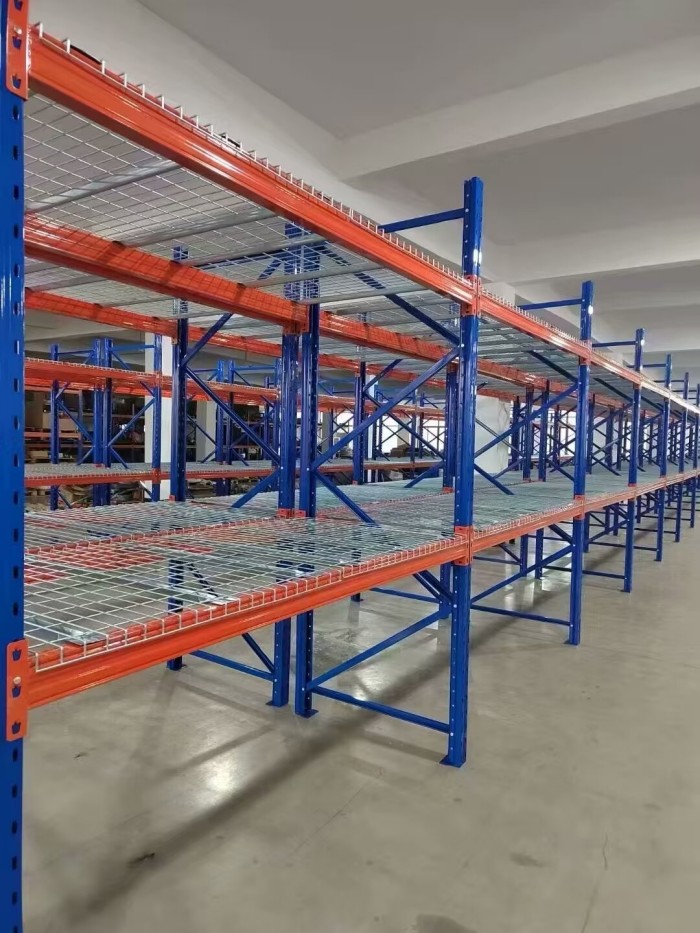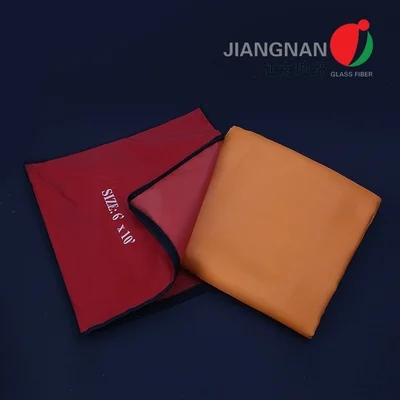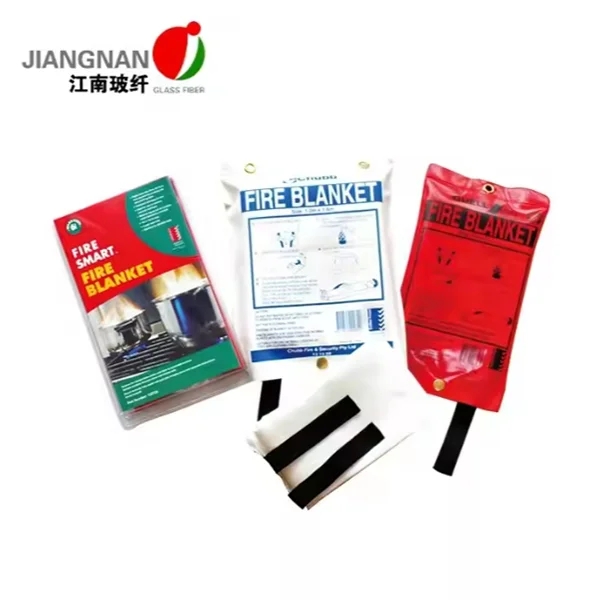Unveiling the Heat Resistance of PVC Wall Panels: A Comprehensive Analysis
PVC wall panels have gained immense popularity in the construction industry due to their versatility, affordability, and aesthetic appeal. However, one crucial aspect that potential buyers often inquire about is their heat resistance. In this blog post, we will delve into the heat resistance properties of PVC wall panels, exploring their composition, manufacturing process, and performance under different temperature conditions.
- Understanding PVC Wall Panels:
PVC wall panels are made from polyvinyl chloride, a synthetic plastic polymer known for its durability and versatility. These panels are commonly used as an alternative to traditional wall coverings, offering a wide range of design options and easy installation. - Composition and Manufacturing Process:
PVC wall panels are typically composed of a PVC resin, plasticizers, stabilizers, and other additives. The manufacturing process involves extrusion, where the PVC mixture is heated and forced through a die to form the desired panel shape. This process ensures uniformity and strength in the final product. - Heat Resistance Properties:
a. Temperature Tolerance: PVC wall panels exhibit excellent heat resistance, withstanding temperatures up to 60-70°C (140-158°F) without deformation or damage. This makes them suitable for use in various indoor environments, including kitchens and bathrooms, where heat and humidity are common.
b. Fire Resistance: PVC wall panels are inherently fire-resistant due to the presence of flame-retardant additives during the manufacturing process. They have a high ignition temperature and do not contribute significantly to the spread of flames, making them a safe choice for residential and commercial applications.
c. Thermal Expansion: Like any material, PVC wall panels expand and contract with temperature changes. However, their coefficient of thermal expansion is relatively low, minimizing the risk of warping or buckling. Proper installation techniques, such as leaving expansion gaps, can further mitigate these effects.
- Practical Applications:
a. Kitchen Backsplashes: PVC wall panels are an ideal choice for kitchen backsplashes, as they can withstand the heat generated by stovetops and ovens. Their moisture resistance also makes them easy to clean and maintain.
b. Bathroom Walls: PVC wall panels are commonly used in bathrooms due to their resistance to heat and humidity. They provide a durable and hygienic solution, preventing moisture-related issues such as mold and mildew growth.
c. Commercial Spaces: PVC wall panels find extensive use in commercial spaces such as restaurants, hotels, and hospitals. Their heat resistance properties ensure longevity and safety in high-traffic areas.
Conclusion:
PVC wall panels offer remarkable heat resistance, making them a reliable choice for various applications. Their ability to withstand high temperatures, coupled with fire resistance and minimal thermal expansion, ensures their durability and performance over time. Whether used in kitchens, bathrooms, or commercial spaces, PVC wall panels provide an aesthetically pleasing and practical solution for interior wall coverings.


